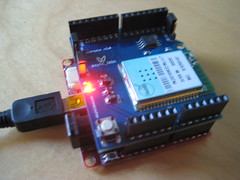Legendary
We believe we can make a difference. We create legendary teams that call forth genius as needed. We believe these legendary teams will make a significant positive difference in the world. We believe legendary teams can create and implement technologies, businesses, and organizations that make the lives of billions of people significantly better. We believe that joining a legendary team will transform a person’s life. We believe these legendary teams will transform the world of work to something healing to people and the world. We believe people can learn to wake up and see this is possible. Our teams are fun, healthy, and high-performing. Our teams use the best team technologies to achieve their results. Our teams solve the world’s great problems effectively and without drama. Being on our teams is an awakening, life-transforming experience. Two years on one of our teams is better for your life than any university degree. We train leaders who create great teams themselves. Our teams create companies that people beg to become customers of. Our teams create companies that investors line up to buy stock in. Our teams are opportunities that smart, caring, creative, effective people consider their dream job. Our teams are cherished by their communities for what they bring to their neighborhood and the world. Our teams create companies that competitors respect, are challenged by, and look to for leadership in the market. Our teams create companies famous for being the best in the industry, famous for their integrity and honesty, famous for the respect they have for their employees, famous for solving their customers’ most difficult problems. I wrote this as an aspiration for myself and my teams. If you want to find out more about how to create teams like this, check out the essay Solving the Problem of Problems.

